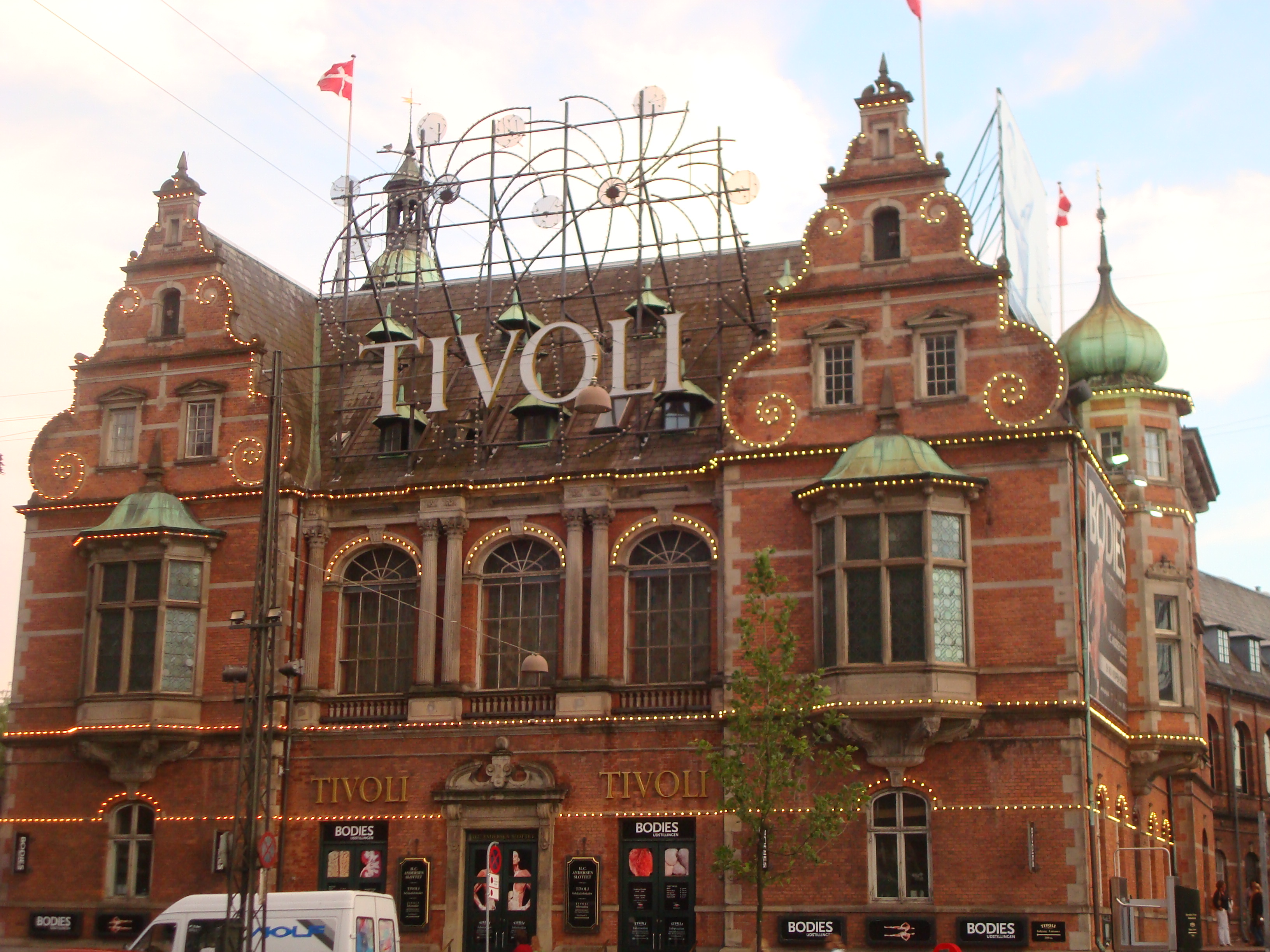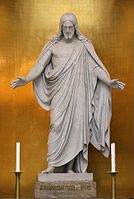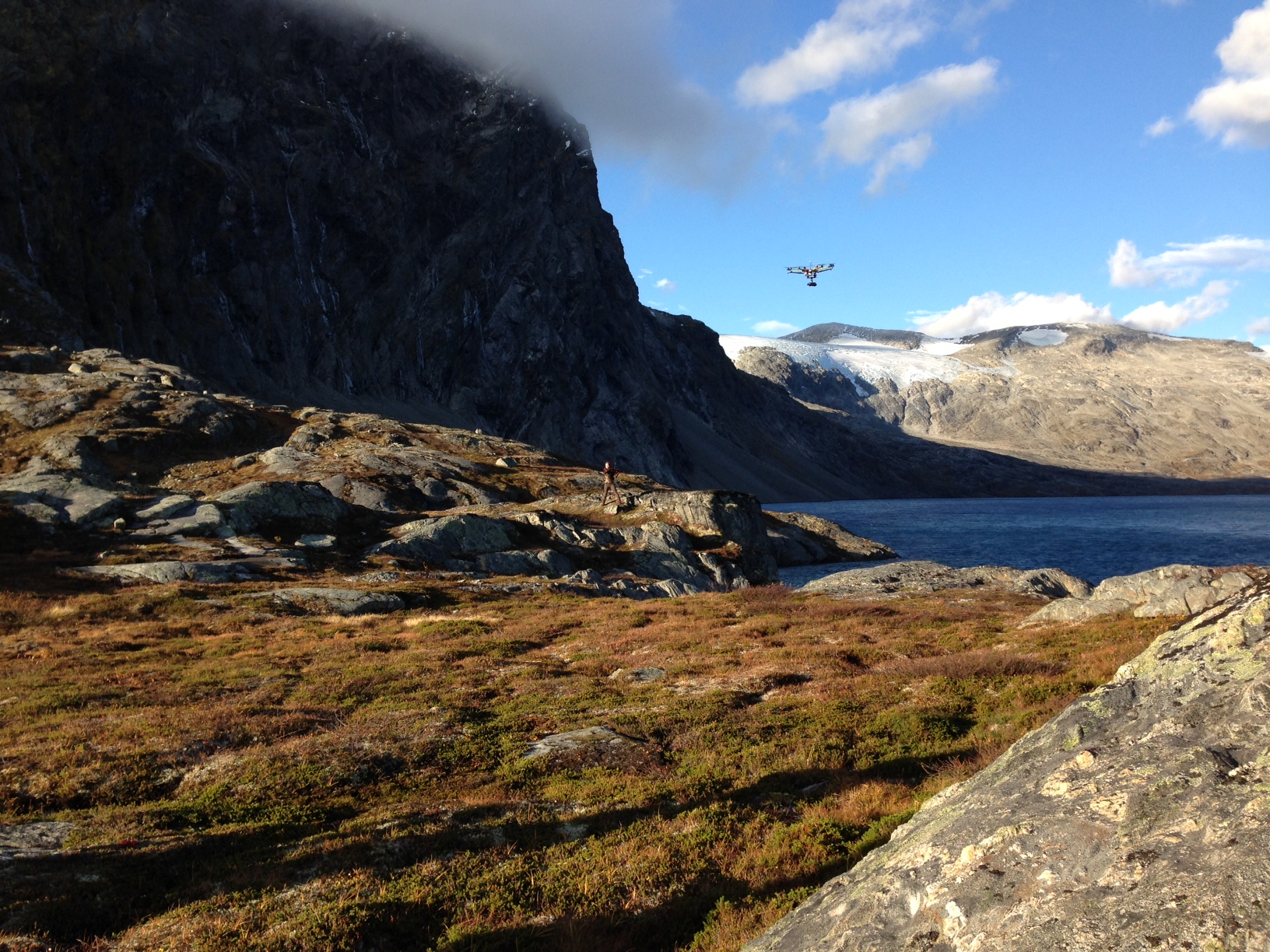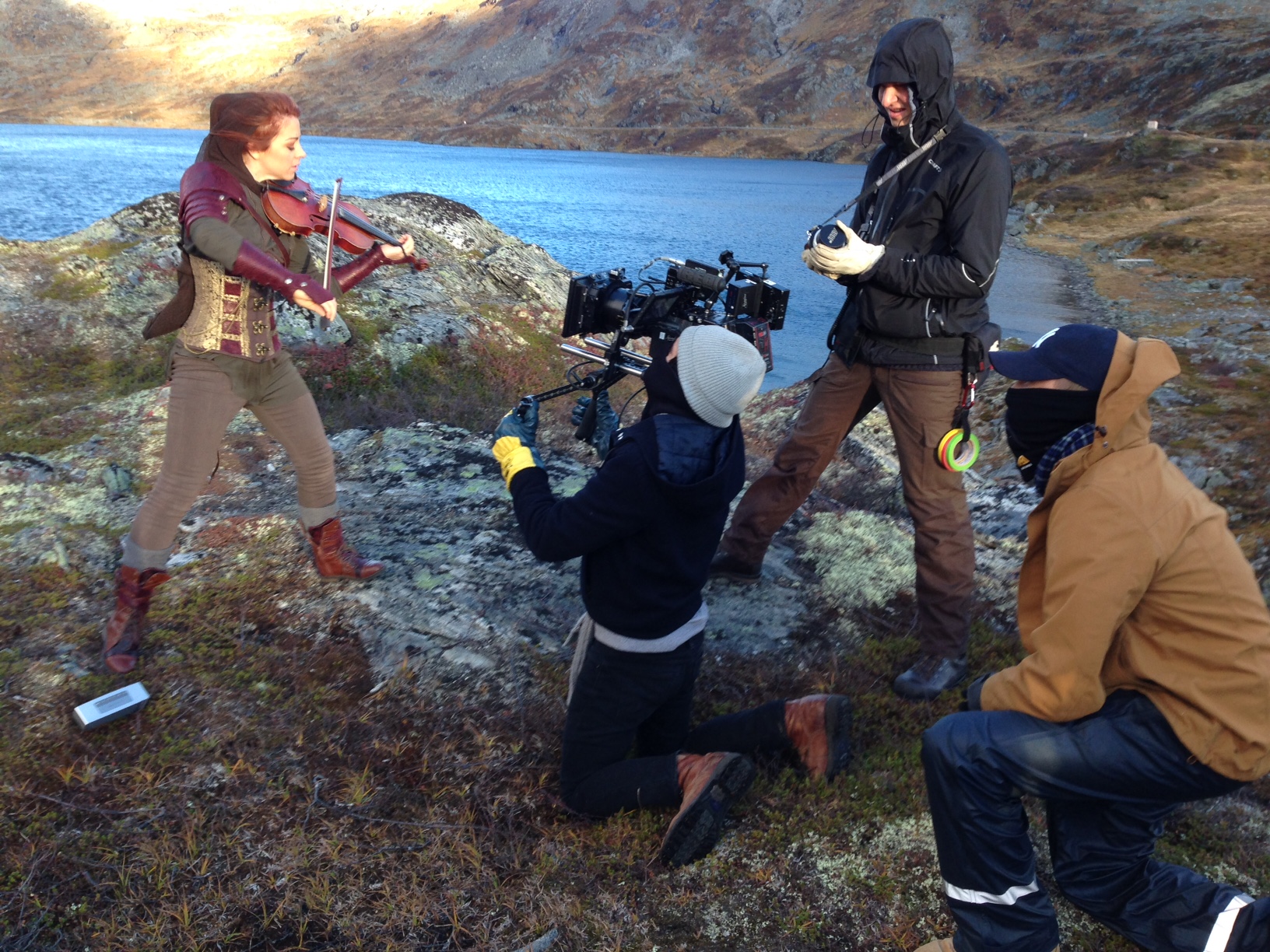As I speak to various audiences regarding Persona Non Grata, there is one question I always ask. “Does the influence of religion – specifically Mormonism – hamper the reader’s ability to enjoy a good tale of adventure and intrigue?” Fair question. In a day when religious prejudice is the last acceptable form of social bigotry, and the worn catch phrase ‘Separation of Church and/from State [– and Everything Else]’ has become a watchword of our times – it is reasonable to ask if references to religion are offensive to the literary consumer.
Persona Non Grata is the story of a Latter-day Saint seminary teacher who becomes embroiled in the imminent invasion of Crimea by Russian troops, while trying to rescue a former student from that outbreak of hostility. Whether or not the treatment is religiously heavy handed, is an objective assessment best reserved to the reader. So far the critics and samplings of readers have received the book with overwhelming approval. But the jury is always out.
And I make no pretensions here. Persona Non Grata is written from a Latter-day Saint point of view. Again, the hero of the story happens to be a Mormon. He could have been a Hasidic Jew, a Presbyterian deacon, or a Buddhist monk. His unique point of view under any of those alternatives would invariably have changed the story. And I’m sure the story would have been interesting. My problem, or perhaps my advantage, was that I knew more about the Mormon culture than about Jews or Buddhists.
And that leads to my original question. Is there too much LDS culture in Persona Non Grata? Some people suggested that I ‘soft pedal’ the Mormon aspects of the book, or even write it from a Christian fundamentalist angle, completely eliminating any references to LDS issues or topics. I preferred not to do that, and my reasoning was simple. The world in which we live now enriches our lives with a wide range of cultural diversity – a diversity that shouldn’t flinch at a less than lethal exposure to various forms of worship.
Consider classic and contemporary literature — including books, plays, and feature films that have long been liberally laced with a colorful depth of religious tradition. Jewish culture (exemplified in the writings of Chiam Potok or Leon Uris) has been a prominent fictional backdrop for years. Catholicism (typified through authors like Graham Green and G.H. Chesterton) has certainly occupied no less a conspicuous a setting in great literature and films. Likewise Islam, Buddhism, or the religions of India have given a rich texture to many books and movies, all without apology.
My point. I believe that the Mormon tradition has the potential to offer just as rich a context to the creative arts. The history of The Church of Jesus Christ of Latter-day Saints is laden with a wealth of devotion, sacrifice, tragedy, and glory — the elements that give significance to living. The culture of everyday Mormonism continues to provide a way of life that offers meaning and purpose to its adherents, who now number in the millions. Their beliefs and practices have earned them admiration as well as ridicule. Who they are makes them stand out — and even appear peculiar.
But they are a powerful and unique part of world culture. And their cultural message – like the message of Judaism or Catholicism – has something to contribute to a cosmopolitan world. In an article featured through the Huffington Post, writer Stephen Mansfield, (who is by no means a ‘cheering section’ for the Mormons), offered this commentary on the much touted “Mormon Moment” – you know, when Latter-day Saints seemed to be popping up everywhere a couple of years ago.
“What most commentators did not understand was that their “Mormon Moment” was more than a moment, more than an accident, and more than a matter of pop culture and fame alone. The reality was–and is–that the Church of Jesus Christ of Latter-day Saints has reached critical mass. It is not simply that a startling number of Mormons [from Mitt Romney and Glenn Beck to Stephanie Meyer, Katherine Heigl, and even Lindsey Stirling] have found their way onto America’s flat-screen TVs and so brought visibility to their religion. It is that the Church of Jesus Christ of Latter-day Saints has reached sufficient numbers–and has so permeated every level of American society on the strength of its religious value–that prominent politicians, authors, athletes, actors, newscasters, and even murderers are the natural result. . . Visible, influential Mormons aren’t outliers or exceptions. They are fruit of the organic growth of their religion.”
Of course, none of this means the Mormons are going to take over the nation or the planet. Not even Mansfield contemplates that paranoid possibility in the world you and I live in. What he does suggest is that Latter-day Saints are achieving some prominence on the national scene, and have something to offer America – and the world. And that should be no more religiously threatening than a stroll through the Deli Kosher aisle or an accidental close encounter with a televangelist while surfing on cable.
So, what I would like to know from you is this: In your opinion can Mormonism be allowed to serve as an acceptable cultural context in standard fiction? I believe it is time for the culture of the Latter-day Saints to take its place as a milieu in mainstream fiction. I tried to establish that kind of backdrop in Persona Non Grata – to provide a unique picture of a basically religious character, without ramming that religion down anyone’s throat.
I hope that this aspect of Persona Non Grata served as a springboard and not as a barrier to your ability to lose yourself in a good book. May my audience of America – and the world — continue to read and enjoy the international adventures of Paladin Smith.
###




 Lindsey Stirling performs at the edge of the fjord while an octocopter captures an aerial shot.
Lindsey Stirling performs at the edge of the fjord while an octocopter captures an aerial shot.
